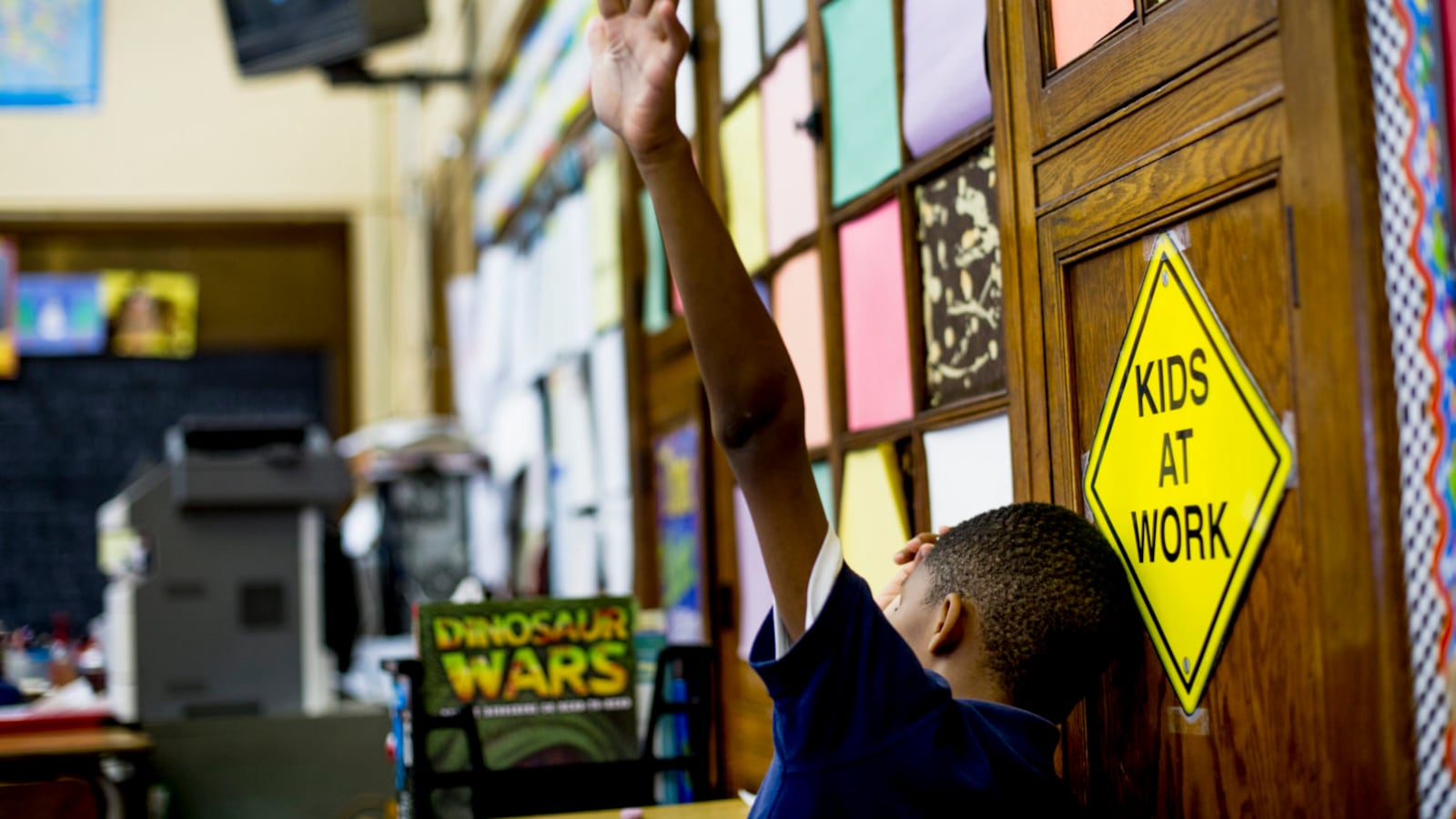State policymakers should extend the 2020-21 school year, lengthen the school day, or do both, plus assess student progress at the beginning of the school year to help educators help the children who need it the most.
Those are some of the recommendations in a new report from researchers at Michigan State University, who analyzed state responses to the coronavirus pandemic and provided insight on the challenges schools will face when students return for onsite instruction.
“State and local policymakers will need to act quickly to help mitigate the academic consequences of the pandemic and extended periods out of school,” Katharine Strunk, faculty director of the Education Policy Innovation Collaborative, said in a statement.
“Everyone is working as fast as they can and while every state faces different constraints and opportunities, it is always better to put our heads together to come up with the best solutions for our kids.”
The report, completed by researchers from the collaborative and MSU’s Institute for Public Policy and Social Research, says the shortened school year “is likely to reduce student learning, leaving students less prepared to advance to the next grade and will severely strain school planning, financing and student testing capabilities.”
In addition, they say, the time away from the classroom will increase inequalities across school districts and students, “with learning loss concentrated in disadvantaged students and areas.”
Areas hit hard by the coronavirus will have even more difficulty, they said.
Gov. Gretchen Whitmer last week issued an executive order extending the shutdown of school buildings through the end of the current school year. The order requires schools to provide some type of remote instruction, though it’s left up to local leaders to determine what they’ll provide.
The report recommends:
- Extending the 2020-21 school year and/or lengthening school days so students can catch up on lost learning time.
- States and districts should revise tests to assess students’ progress and identify different student learning levels at the start of the 2020-21 school year. These tests should be used to help educators provide targeted assistance to students and should not be used for accountability purposes.
- States and districts should invest in professional development programs to help teachers and staff instruct returning students at different learning levels.
- Online instruction may not be available or appropriate for all students, so states will need to help districts fund alternative forms of distance learning through the mail or phone.

